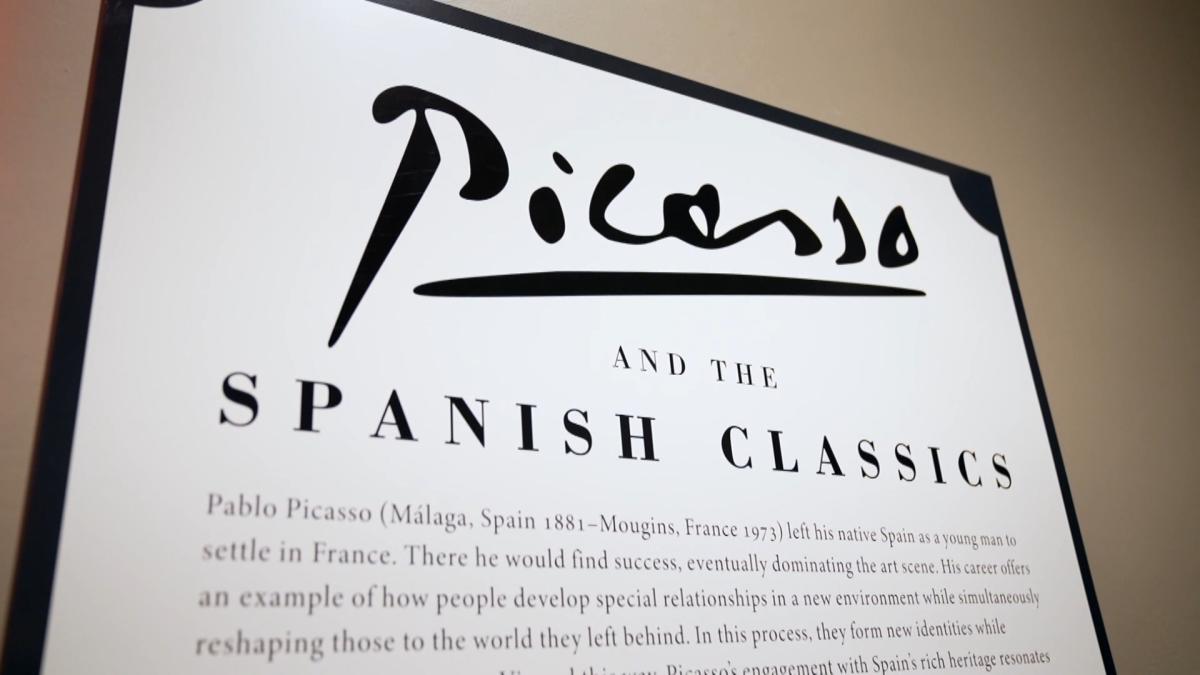New York, Nov 1 (EFE).- A temporary exhibition at the Hispanic Society of New York that opens this Thursday explores the relationship that the artist Pablo Picasso had with Spanish literature of the Golden Age, especially with two leading figures of this era. era: Luis de Góngora and Miguel de Cervantes.
“Picasso and the Spanish Classics” aims to show an aspect of the artist that often goes unnoticed: how the works of Góngora and Cervantes inspired him to create a series of engravings in which he illustrates the characters of Don Quixote or interprets the characters with drawings. sonnets by Luis de Góngora.
The exhibition was initially conceived as a monograph on Picasso and La Celestina – given that Hispanic has an original edition of Fernando de Rojas’ classic – but Hispanic could not obtain a loan of the work from the Picasso Museum in Paris. artist from Malaga titled precisely “La Celestina”, so he opted for a more general approach to the classics.
Organized with the Government of Spain and France, the exhibition that opens tomorrow is composed, first of all, of a manuscript that includes the transcription of twenty sonnets by Góngora, handmade by the artist himself in 1948 and accompanied by a set of portraits, mostly of women.
“In each poem (the artist) incorporates the image of a woman, although the first portrait is of Luis de Góngora, a reinterpretation of the one made by Velázquez in the 17th century,” the museum’s curator, Patrick Lenaghan, explained to EFE.
According to Lenaghan, some of the paintings are reminiscent of the artist’s lovers, such as Marie-Thérèse Walter and Françoise Gilot, dressed in 20th-century fashion, and show “Picasso’s fantastic technique as a printmaker.”
A Picasso who could not identify with Don Quixote
The exhibition also includes an unfinished engraving of Don Quixote and Sancho Panza, a rare proof produced in 1937, in which Picasso contrasts the sharp lines of the former’s face with the brushstrokes of sugar aquatint, which underlines its madness.
Continue reading the story
For Lenaghan, the fact that the work is unfinished responds to the Malaga native’s rejection of the image of Don Quixote: “Picasso assimilates all literature within his own artistic mythology, and within this mythology there was no space for a figure like the Quixote, who is an old knight who fails, who does not succeed and – even worse for Picasso – who does not even get the love of his beloved Dulcinea.
Lenaghan remembers that Picasso used to represent himself as a minotaur and a sexually vigorous artist, and hence his difficulty in identifying with a failed old gentleman and, therefore, in finishing his portrait.
According to the museum, all the engravings stand out for their “visual invention” and “technical brio”, since they create precise lines in drypoint and washed tones in aquatint.
The exhibition is part of the “Picasso’s celebration” program, which commemorates the fiftieth anniversary of the artist’s death, and juxtaposes the engravings with 17th-century manuscripts of Góngora’s poems and with an 18th-century edition of Don Quixote, from the Ibarra publishing house. , so that the viewer appreciates the contrast between Picasso’s interpretation and the original text.
Alicia Sanchez Gomez
(c) EFE Agency
2023-11-01 21:05:00
#exhibition #York #explores #Picassos #relationship #Góngora #Cervantes


